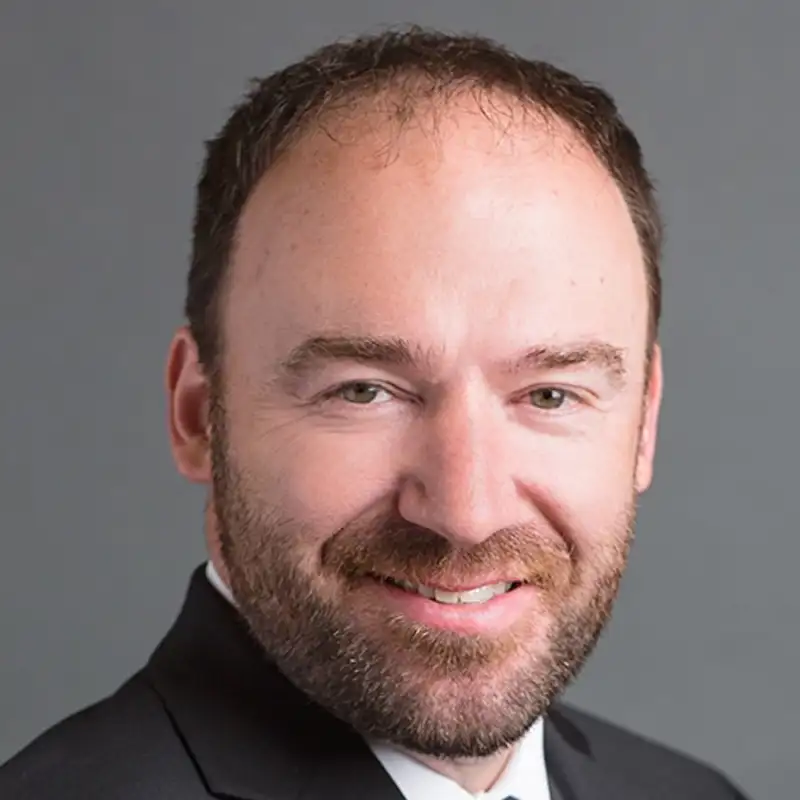Nothing lasts forever. While the likelihood of losing a substantial portion of your assets due to a creditor judgment is low, it remains an important consideration — along with the steps you can take to mitigate that risk.
As wealth managers, we help clients diversify their investment portfolios to preserve and grow their wealth with the appropriate amount of risk. Beyond managing investment risks, it’s also crucial to minimize the potential loss of assets to creditors. These creditor issues may arise from lawsuit judgments (such as malpractice claims, auto accidents, or property-related incidents), contractual obligations, divorce settlements, or civil and regulatory penalties. This strategic approach to financial security is commonly known as asset protection.
Two big caveats up front:
- Asset protection planning is primarily governed by state statutes and case law, meaning that strategies effective in one state may not be valid or enforceable in another. It is crucial to consult an attorney in your state for the specific laws and regulations.
- If you wait until a creditor is making demands or a lawsuit is imminent, it is too late to implement protective measures. Courts have the power to invalidate asset transfers under the Fraudulent Transfer Doctrine, which prohibits individuals from transferring assets with the intent to hinder, delay, or defraud creditors. To be effective, asset protection strategies must be established well before any legal threats arise. Proper planning ensures that your wealth is protected legally and ethically, reducing the risk of court intervention or asset clawbacks.
Asset Protection 101
Once you’ve worked hard to grow and accumulate significant assets, it’s essential to take proactive steps to protect them. Here are some key strategies we recommend to our clients:
- Insurance: This is the simplest and easiest to do. You can pay a small amount to shift your risk of loss to an insurance company. In addition to basic auto and homeowner’s policies, clients should have an excess or umbrella liability policy that picks up where standard liability coverage leaves off. The amount of coverage will depend on your net worth. Most insurance providers will offer umbrella coverage as part of the other coverage you purchase for your auto and home. At Wealthspire, clients can obtain group coverage at competitive rates provided through an unaffiliated third-party insurance provider.
- Ownership of property: The way you own and title your property plays a crucial role in asset protection. For example, in many states, property owned jointly with your spouse as tenants by the entirety is protected from claims by creditors of just one spouse. This means that a physician, instead of holding property solely in their name, could title it as tenants by the entirety with their spouse. In the event of a malpractice claim, creditors may be unable to seize the property to satisfy a judgment. Understanding and utilizing proper titling strategies can be a simple yet effective way to shield assets from potential liabilities.
- Holding certain assets in an entity rather than in your personal name can provide significant protection for your personal wealth. For example, if you own a rental property in your name, you could be personally liable for claims related to that property — such as if someone falls and gets injured, and the judgment exceeds your liability insurance coverage. However, if the property is owned by a Limited Liability Company (LLC), your personal assets would generally be shielded from claims arising from that property.
- It’s important to properly maintain the LLC’s structure to ensure its protective benefits. This includes maintaining a separate bank account, filing tax returns, and adhering to corporate formalities. Failing to do so could weaken the liability protection and expose your personal assets to risk.
- Self-Settled Trusts: Traditional self-settled trusts, where you place assets into a trust for your own benefit, are generally not effective in protecting those assets from creditors. However, some states have enacted laws that allow for Domestic Asset Protection Trusts (DAPTs), which can shield assets from creditor claims under certain conditions. Additionally, offshore asset protection trusts exist in jurisdictions with stronger legal protections against creditors. These trusts are complex and require meticulous drafting and administration. While there is ongoing debate about their ability to withstand legal challenges, most experts agree that they serve as a significant deterrent to creditor claims and can be a valuable tool in an asset protection strategy.
- Spendthrift Trusts: Another effective form of trust planning involves spendthrift trusts, which you establish for others — such as your children or other beneficiaries. These trusts include spendthrift clauses, which restrict a beneficiary’s ability to transfer or pledge their interest in the trust, thereby protecting the assets from their creditors. For example, you could create a discretionary trust in your will that provides financial support to your children throughout their lifetime. With a properly drafted spendthrift provision, creditors would generally be unable to access the trust’s assets to satisfy your child’s debts. Incorporating trust-based asset protection into your estate plan can be an essential strategy for preserving wealth across generations while safeguarding assets from potential legal and financial threats.
Looking for More Information About Asset Protection?
For a full exploration of asset protection planning beyond this basic introduction, please consult legal counsel. As always, what we’ve shared here does not constitute legal advice, and you should consult an attorney familiar with your own state law and legal circumstances before considering these strategies.
Wealthspire Advisors LLC, Fiducient Advisors LLC, Wealthspire Retirement, LLC dba Wealthspire Retirement Advisory, and certain other affiliates are separately registered investment advisers. © 2025 Wealthspire Advisors
Please Note: Limitations. The achievement of any professional designation, certification, degree, or license, recognition by publications, media, or other organizations, membership in any professional organization, or any amount of prior experience or success, should not be construed by a client or prospective client as a guarantee that he/she will experience a certain level of results or satisfaction if Wealthspire is engaged, or continues to be engaged, to provide investment advisory services.
Certified Financial Planner Board of Standards, Inc. (CFP Board) owns the certification marks CFP®, CERTIFIED FINANCIAL PLANNER®, and CFP® (with plaque design) in the United States, which it authorizes use of by individuals who successfully complete CFP Board’s initial and ongoing certification requirements.
This material should not be construed as a recommendation, offer to sell, or solicitation of an offer to buy a particular security or investment strategy. The information provided is for informational purposes only and should not be relied upon for accounting, legal, or tax advice. While the information is deemed reliable, Wealthspire Advisors cannot guarantee its accuracy, completeness, or suitability for any purpose, and makes no warranties with regard to the results to be obtained from its use.



